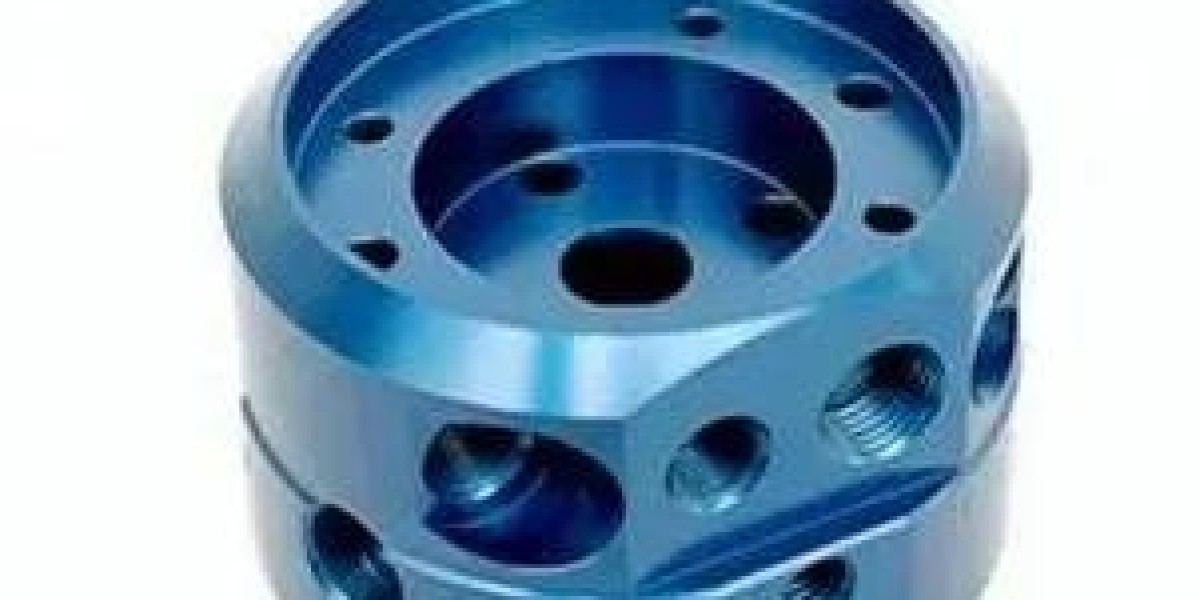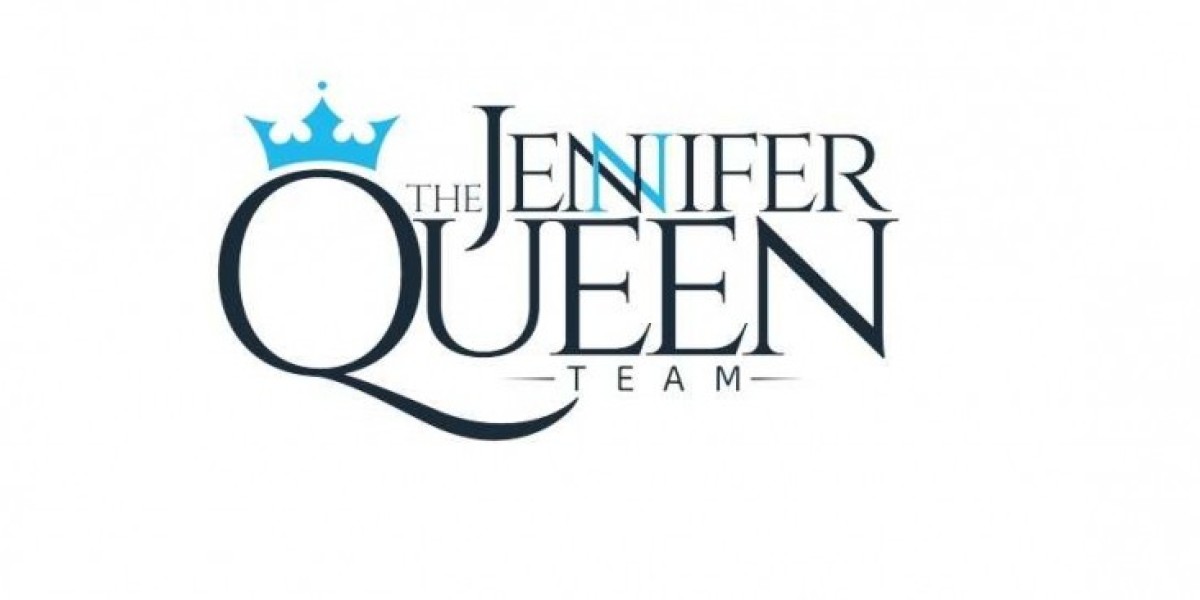CNC machining stainless steel offers a powerful and versatile way to create high-precision parts, but some design considerations are crucial for optimal machinability and successful outcomes. Here are some key points to keep in mind:
Material Selection
l Stainless Steel Grade: Not all stainless steel grades are created equal for machining. Opt for "free-machining" grades like 303 or 316L when machinability is a priority. These grades contain specific elements that improve chip formation and reduce tool wear.
l Material Properties: Consider the inherent properties of stainless steel, such as its work hardening tendencies. This can make machining more challenging as the material becomes harder with each pass of the cutting tool.
Design for Manufacturability (DFM)
l Wall Thickness: Maintain consistent wall thicknesses throughout your part whenever possible. Avoid very thin walls as they can be difficult to machine accurately and are prone to warping or bending during machining. Thick walls, on the other hand, can increase machining time and material waste.
l Features and Details: Design features like holes, pockets, and slots with sizes and tolerances achievable with standard CNC tooling. Minimizing sharp corners and incorporating radii at transitions between features can improve machinability and avoid tool stress.
l Draft Angles: For features that protrude from the main body of the part, incorporate slight draft angles (typically 3-5 degrees) on the sidewalls. This allows for easier tool withdrawal and prevents scraping during machining.
l Hole Placement: Consider the size and reach of drilling tools when positioning holes. Holes too close together might be difficult to machine or might require special tooling.
l Undercuts and Internal Features: Features like undercuts or cavities with limited accessibility from the top might require special machining techniques (like 5-axis machining) or redesigning the feature for better tool access.
Machinability Considerations
l Chip Management: Stainless steel produces long, stringy chips during machining. Design features that allow for good chip evacuation are crucial to prevent chip re-cutting and potential tool damage.
l Tooling Selection: The appropriate choice of cutting tools is critical for efficient machining of stainless steel. Selecting the right tool material, geometry, and coating can significantly impact machining performance and tool life. Consulting with a CNC machining expert for tooling recommendations is advisable.
l Cooling and Lubrication: Proper use of coolants and lubricants during machining helps reduce tool wear, heat distortion, and chip welding on the machined surface.
Additional Considerations
l Machining Direction: Think about the orientation of your part during machining. Large, flat faces are easier to machine than curved or angled surfaces.
l Assembly and Functionality: Ensure your design considerations for machinability don't compromise the part's functionality or assembly with other components.
l Cost Optimization: Finding a balance between design complexity and manufacturability is important. Overly complex features might increase machining time and cost.
By following these design considerations and working closely with a CNC machining expert, you can design stainless steel parts that are not only functional but also optimized for efficient and cost-effective CNC machining. And you also need to know What Are Typical CNC Machining Methods Used for Stainless Steel.








